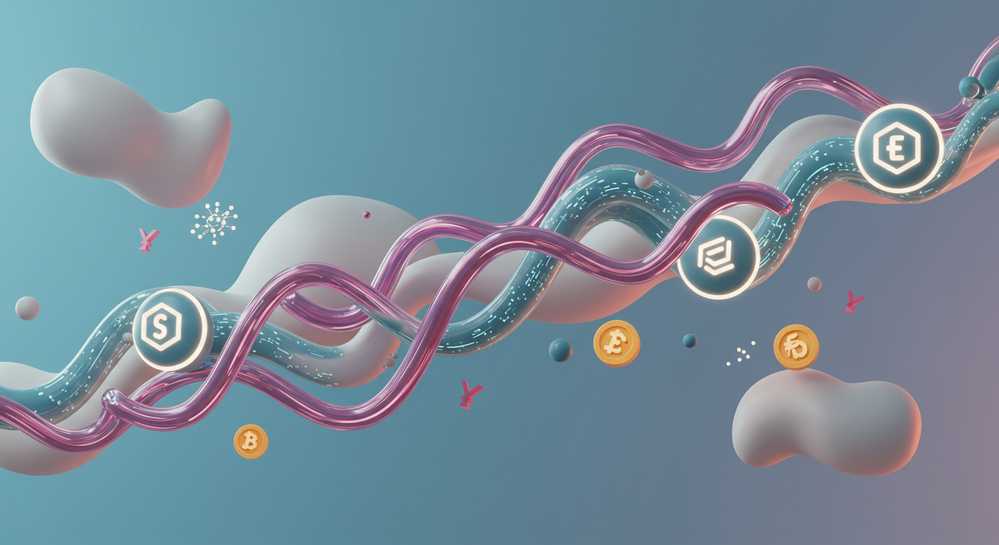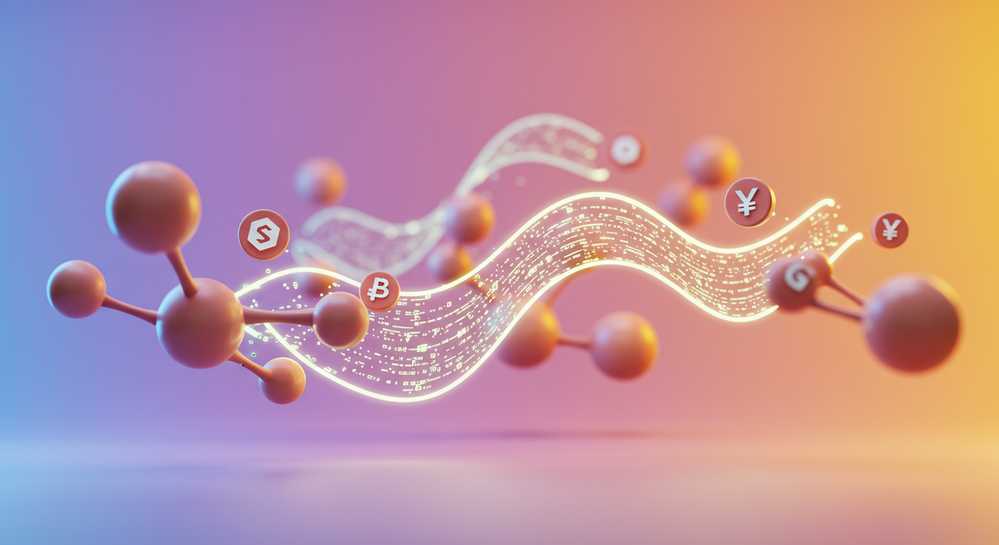In the rapidly evolving world of blockchain, understanding fundamental concepts is crucial for both developers and users. One such foundational element is the network chain ID, a unique identifier that distinguishes one blockchain from another. Specifically, comprehending what is Solana network chain id is paramount for anyone engaging with this high-performance network. This guide delves into its meaning, significance, and practical implications within the Solana ecosystem, ensuring you navigate its decentralized landscape with confidence.
Table of Contents
Understanding Chain IDs: The Backbone of Blockchain Identity

Solana’s Unique Approach to Network Identity
Solana diverges from the traditional numerical Chain ID model prevalent in EVM-compatible networks. When asking what is Solana network chain ID, it is crucial to recognize its reliance on distinct cluster environments. These clusters, including Mainnet Beta, Devnet, and Testnet, serve as the primary identifiers, ensuring transactions and data requests are routed correctly. This architecture underpins Solana’s efficiency and developer flexibility, offering a robust framework for decentralized applications.
This cluster-based identification system provides a clear separation of environments, which is vital for development lifecycle management. Developers explicitly connect to a specific Remote Procedure Call (RPC) endpoint URL, implicitly defining the target network for all interactions. This approach minimizes the risk of misdirected transactions, a common vulnerability in multi-chain ecosystems. Understanding this distinction is paramount for secure and effective deployment on Solana, impacting everything from core infrastructure to emerging trends like meme coins on Solana.
Solana’s Chain ID: Its Unique Role and Importance
Solana’s Cluster-Based Network Identification
Solana distinguishes itself from many blockchains by not employing a singular numerical Chain ID in the traditional sense. Instead, when considering what is Solana network Chain ID, the focus shifts to its robust “cluster” system. This architecture provides distinct, isolated environments crucial for development, testing, and live operations, ensuring unparalleled clarity and security for all network interactions.
The importance of this cluster model cannot be overstated. It prevents critical errors, such as deploying an application or sending real assets to a test environment. Each cluster serves a specific purpose, forming a structured ecosystem that supports the entire lifecycle of decentralized applications.
- Mainnet Beta: This is Solana’s primary, production-ready network. All real-world transactions and live decentralized applications operate here, demanding the highest stability and security.
- Devnet: Designed for developers, Devnet offers a testing ground that closely mirrors Mainnet Beta. It utilizes test tokens and provides more flexible transaction limits, ideal for iterative development and debugging.
- Testnet: This cluster is dedicated to validating new features and core protocol upgrades. It is less stable than Devnet, often undergoing resets, and is vital for rigorous pre-deployment testing of the Solana protocol itself.
This clear separation empowers developers and users alike, fostering a more secure and efficient blockchain experience. Understanding these distinct clusters is fundamental for anyone engaging with Solana’s innovative ecosystem, from building new projects to navigating the latest DeFi trends.

Solana’s Cluster-Based Network Identification
Solana distinguishes itself by not using a singular numerical Chain ID like EVM chains. When asking what is Solana network Chain ID, the answer lies in its robust “cluster” system. These clusters provide distinct, isolated environments essential for development, testing, and live operations, ensuring clarity and security.
This cluster model prevents critical errors, such as deploying applications or sending assets to the wrong network. Each cluster serves a specific purpose, forming a structured ecosystem that supports the entire lifecycle of decentralized applications. This separation is crucial for a secure and efficient blockchain experience, especially when navigating evolving undefined.
- Mainnet Beta: The primary, production-ready network for real-world transactions and live applications, offering maximum stability.
- Devnet: A testing ground for developers, mimicking Mainnet Beta with test tokens and flexible transaction limits.
- Testnet: Used for validating new features and core protocol upgrades, less stable and subject to resets.
Best Practices and Future of Solana Chain IDs

Ensuring Secure Solana Network Interactions
Adhering to best practices is crucial for secure and efficient operations within Solana’s diverse clusters. Users and developers must diligently verify their network connection to prevent costly errors. This vigilance is paramount to avoid mistakenly transacting real assets on a test network, a common pitfall that can lead to confusion and irreversible loss. Understanding what is Solana network Chain ID means recognizing the importance of these distinct environments.
Best Practices for Network Connection
- Wallet Settings: Always confirm your Solana wallet is connected to the intended network, whether Mainnet Beta, Devnet, or Testnet, before initiating any transaction.
- dApp Verification: When interacting with decentralized applications, ensure the dApp clearly indicates its connected Solana cluster. Reputable applications prioritize this transparency for user safety.
- Developer Vigilance: Implement robust error handling and clear user interface indicators. This informs users about the active network, significantly reducing the potential for network-related discrepancies.
The Future of Solana’s Network Identification
As the Solana ecosystem continues its rapid expansion and explores advanced interoperability, the concept of network identification may evolve. While the current cluster-based approach effectively serves Solana’s needs, future innovations might introduce more explicit cross-chain identifiers. These advancements could standardize seamless interactions between Solana and other blockchain networks, further strengthening its robust and adaptive architecture.
Understanding what is Solana network chain ID is more than just knowing a technical detail; it is about grasping a core mechanism that ensures the integrity and functionality of the entire blockchain ecosystem. This unique identifier facilitates correct network interaction, prevents accidental transactions across chains, and underpins the secure operation of decentralized applications. As Solana continues to expand its reach and capabilities, the role of its Chain ID remains critical for developers building robust solutions and users confidently engaging with the network. For optimizing your blockchain interactions and trading strategies, explore the advanced tools offered by Sol Trading Bot.
